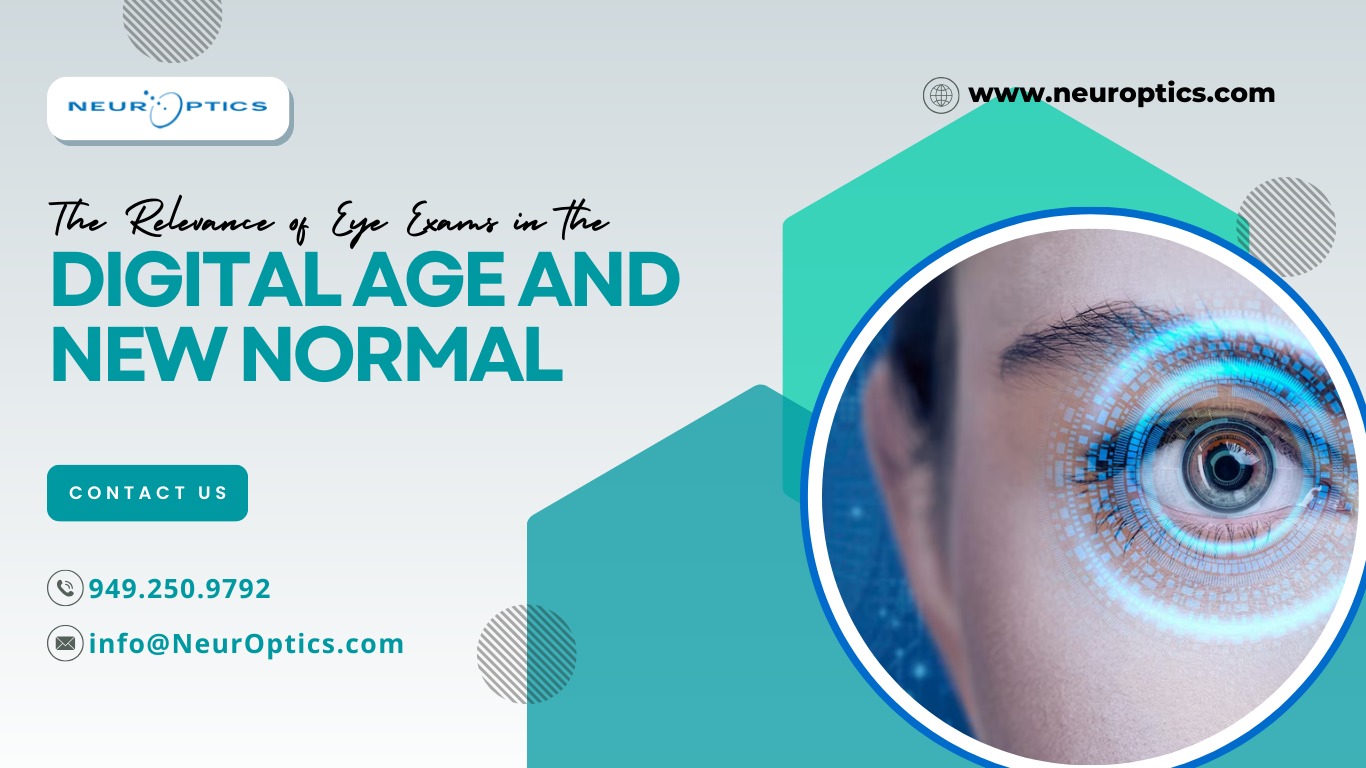Since the onset of COVID-19, there has been a rise in the number of young people who utilize distance learning programs. Parents are concerned about their children’s academic success, while optometrists are concerned that undiscovered visual abnormality in pupillary light reflex will impact a child’s ability to learn.
The schooling of a youngster with visual abnormalities in pupil reactivity that are not repaired may suffer. According to eye specialists, children should get a complete evaluation of pupillary reaction before starting the new academic year.
While it may be appealing to rely on eye examinations offered by the school, these exams can only detect a limited number of visual problems. The only way to successfully detect and treat a wide range of vision and eye health disorders is to undergo a comprehensive Eye Exam with an eye expert.
What Effects Do Online Courses Have on Vision?
Even before the advent of the COVID pandemic, there were concerns voiced about the number of times children spend looking at computer monitors and television sets. The Indian Journal of Ophthalmology discovered that during school cancellations due to COVID, children spend twice as much time on their new gadgets as they did the previous day.
When working on digital displays for an extended time, one of the most prevalent symptoms of computer vision syndrome is digital eye strain. This arises due to the eyes needing to work harder to maintain focus on digital displays for extended periods. The likelihood of developing this disease increases in those who spend more than two hours a day staring at a computer screen.
Some digital eye strain symptoms include:
- Blurred vision
- Dry eyes
- Eye fatigue
- Eye pain
- Headaches
- Neck and shoulder pain
A combination of the following factors may produce these symptoms:
- Glare and reflections from the screen
- Excessive time looking at a screen
- Poor lighting
- Poor posture
- Screen brightness
- Undetected vision problems
Other studies have demonstrated that children who spend a significant amount of time inside performing “near labor” — such as writing, reading, and staring at computers and other digital devices — are more likely to evolve into myopia than other children.
In a study published in the professional journal Ophthalmology of the American Academy of Ophthalmology, researchers discovered that first-graders who spent at least 11 hours per week playing outdoors in the sunlight had slower myopia development than their peers. Some studies have hypothesized that exposure to sunshine and staring at distant things while playing outside may help avoid the onset of myopia.
Our optometrist clinic in your neighborhood provides a whole variety of eye care services, including children’s eye examinations, contact lens fittings, and the treatment of ocular illness.
What Is the Importance of Eye Exams?
Given that visual learning accounts for up to 80% of a child’s learning, even the tiniest eyesight issue might have a severe influence on their academic performance. Taken once a year, a pupillary size measurement will allow your eye doctor to detect and correct refractive errors such as myopia or nearsightedness, hyperopia or farsightedness, and astigmatism, as well as check their visual skills, which may include convergence insufficiency, binocular vision, focusing, and other factors, among other things.
Comprehensive eye examinations are the most effective method of detecting both moderate and significant eye health disorders in the early stages. A comprehensive eye exam is particularly critical for children who come from a family with a history of vision difficulties.
Regular eye examinations are essential for everyone in the family. Still, they’re vital for individuals who spend a significant amount of their day in front of a computer or other screen.
Dilated Eye Exams
The retina, which is at the back of the eye and is examined by your optometrist after a comprehensive eye exam, will be illuminated by a bright light after you have completed your eye exam. Due to the reduction in the opening of the pupil when exposed to bright light, optometrists have trouble viewing a large area of the retinal surface. Checking pupil dilation can be a part of tests related to pupillary response in traumatic brain injury.
When it comes to preventing blindness, eye doctors utilize special treatments to keep the pupils open. With a dilated pupil, your eye’s structure, including the lens, blood vessels, and tissues at the back of the eye known as the retina, as well as the optic nerve and macula, maybe more appropriately analyzed than without one.
The Dilation Process
Before anything else, your eye doctor will administer eye drops to both of your eyes, causing the pupil to dilate. Your pupils should be completely dilated around 10-20 minutes after you begin.
Your pupils will stay dilated for 4-6 hours, and you may have sensitivity to light during this time period. This is because the bigger pupil enables more light to enter the eye than would otherwise be possible. Many patients feel that wearing sunglasses while waiting for their eyes to return to normal is more comfortable.
Reading and excessive use of a computer may be difficult if your eyes are dilated, and your vision may be damaged as a result of this condition. Specific individuals have reported a tightening sensation in their eyelids, as well as headaches in some cases.


